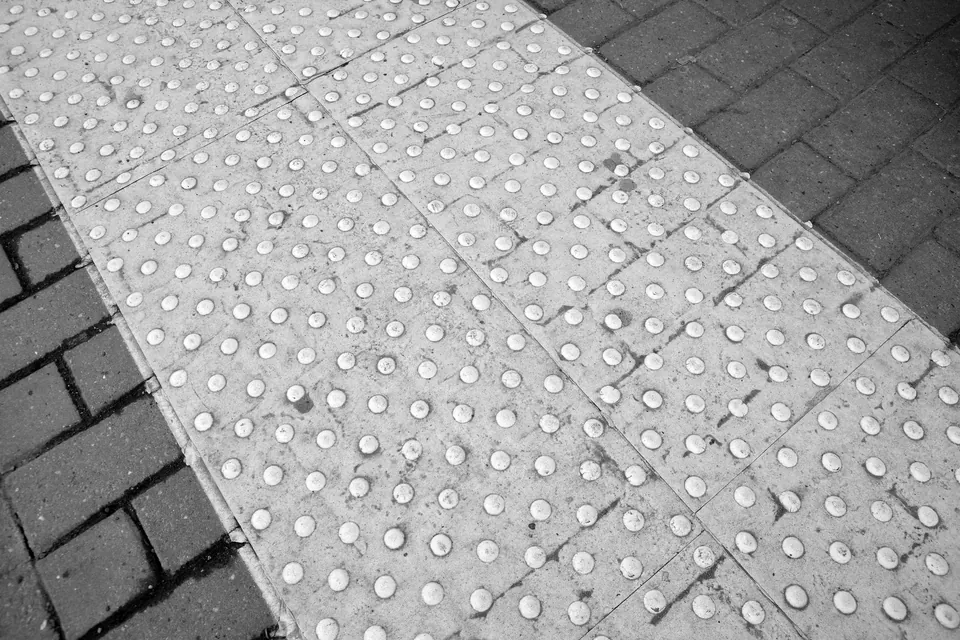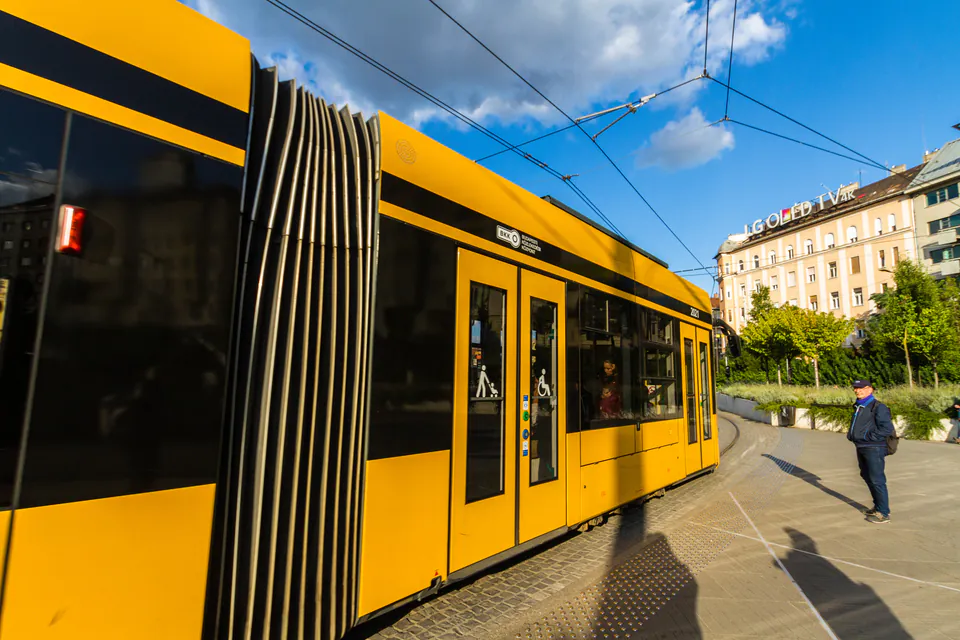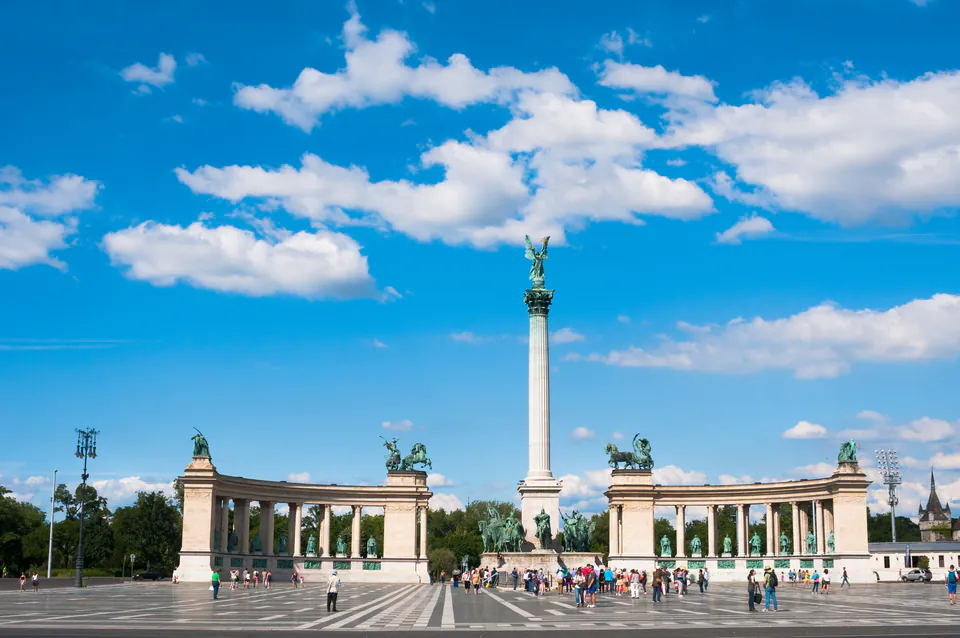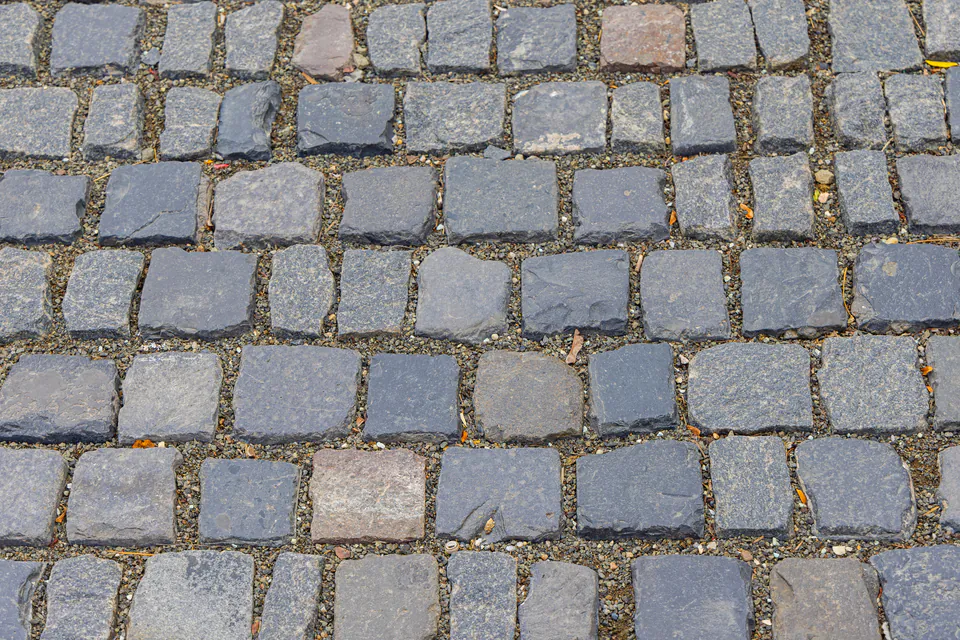Accessible Budapest: Practical Information for Travelers with Mobility Needs
Budapest has amazing architecture and tons of history, and the city is getting better for travelers who use wheelchairs or have mobility needs. Sure, some old parts can be tricky to get around, but with good planning you can have an awesome time in this beautiful European city. We put together this guide to help visitors with accessibility needs get around Budapest and enjoy everything it has to offer.
How Accessible Is Budapest Really?
Budapest has been working hard to improve accessibility, though things are still changing and getting better. Hungary has Act XXVI of 1998 on the Rights and Equal Opportunities of Persons with Disabilities, which basically started their National Disability Programme.
New buildings and places that got renovated recently usually have much better accessibility features. Places like Blaha Lujza Square and lots of pedestrian crossings are now barrier-free. But here's the thing - old buildings and historic areas can still be pretty challenging. When something says "accessible," it might not work for everyone's specific needs. You might find a step-free entrance, but then the inside or the bathrooms could be a problem.
BKK (the city's transport people) are really trying to make 100% of public transport accessible through their Budapest Mobility Plan. This means wider sidewalks, those bumpy tiles for blind people, traffic signals you can hear, and lower curbs.

Getting Around the City
From the Airport
Liszt Ferenc International Airport (BUD) has several ways to get into the city if you need accessible transport:
- Companies like Paratrans have wheelchair-accessible vans with ramps and spots to secure wheelchairs. This usually costs around $38-40 USD per person
- The public bus 100E goes straight from the airport to Deák Ferenc tér in the city center and is wheelchair-accessible
Public Transport
Budapest's public transport is getting more accessible, but it's not perfect yet:
Budapest Metro Accessibility
| Metro Line | Accessibility Status | Key Details |
|---|---|---|
| M1 (Millennium Underground) | Not accessible | Historic line with no wheelchair access |
| M2 (Red Line) | Partially accessible | Only three stations are fully step-free: Örs vezér tere, Pillangó utca, and Puskás Ferenc Stadion |
| M3 (Blue Line) | Partially accessible | Several stations are step-free with ongoing renovations to improve accessibility |
| M4 (Green Line) | Fully accessible | All stations are step-free with two lifts (surface to subway, subway to platform) |
-
Buses: More than 90% are low-floor now. At night and weekends, they only use low-floor buses. If you're in a wheelchair, look for doors with a wheelchair picture - that's where you can get on. The drivers usually help with the ramp.
-
Trams: Budapest has a mix of old high-floor trams and newer low-floor ones. About 30% of tram lines use the newer accessible trams, like lines 1, 3, 4, 6 (Combino trams) and lines 1, 3, 14, 17, 19, 42, 50, 56, 56A, 69 (CAF trams). Tram lines 1, 3, 4, and 6 have accessible stops, except Boráros tér on line 6.
-
Trolleybuses: All lines have some low-floor vehicles. On weekends they only use the accessible ones. Lines 70, 78, and 79 only use low-floor vehicles.

Planning Your Trip
You really need the BudapestGO app. It gives you real-time info, lets you filter for accessible vehicles, and shows if the next bus or tram is low-floor. You can also buy tickets through the app.
Public transport is pretty cheap: one ticket costs 350 HUF (about $1 USD), a 24-hour pass is 2,500 HUF (around $7 USD), and a 72-hour pass is 5,500 HUF (about $16 USD).
Special Transport Options
BKK has an on-demand door-to-door minibus service for people with physical disabilities and one companion. You have to book ahead by calling +36 70 390 3414. They give priority to people who use it regularly for commuting.
For wheelchair-accessible taxis, Paratrans Kft. is basically your main option. They have vans with ramps and tie-down spots for wheelchairs for airport transfers and city tours. Their Renault Master vehicles can fit multiple wheelchair users plus other passengers. Contact them at info@paratrans.hu or +36 30 900 1603.
Parking for People with Disabilities
If you have a valid disability parking card (EU cards usually work), parking on public streets in Budapest is free. You just need to display the card clearly. Special parking spots are usually near entrances and marked with a wheelchair symbol. But in special areas like Buda Castle District and Margaret Island, everyone has to pay parking fees.
Where to Stay
Budapest has more hotels with accessibility features now, but the level of accessibility varies a lot. We always tell people to talk directly with the hotel about their specific needs and confirm what's available before booking. When hotels say "accessible," it might not work for everyone.
Recommended Accessible Hotels
| Hotel Name | Location | Key Accessibility Features |
|---|---|---|
| Kempinski Hotel Corvinus Budapest | District V (City Centre) | Level entrance, 3 accessible rooms with roll-in showers, spacious bathrooms with handrails, wheelchair rental available |
| Hotel Moments Budapest | District VI (Andrássy Avenue) | Accessible entrance, roll-in shower, grab bars, lowered sink, adapted bath facilities |
| Dorothea Hotel, Autograph Collection | District V | Accessible entrance, mobility accessible rooms with roll-in showers, accessible vanities, grab rails |
| Corinthia Hotel Budapest | District VII (Erzsébet körút) | ADA-compliant rooms with roll-in showers, grab bars, lowered switches, indoor pool with lift |
| European Youth Centre Budapest | District II | Level access, 3 adapted bedrooms with wet room style showers, folding seats, widened doors |

How to Book Accessible Rooms
- Call the hotel directly: When you can, book straight with the hotel so you can explain exactly what you need
- Be really specific: Tell them exactly what you require (like "I need a room with a roll-in shower, not a bathtub with grab bars")
- Ask for photos: Get them to send you pictures or even a short video of the actual accessible room and bathroom
- Get it in writing: Make sure they confirm the accessible room booking and its features in writing
- Ask about emergencies: Find out what their emergency evacuation plan is for guests with disabilities
Things to See and Do
Lots of Budapest's famous places and museums are pretty good for visitors with disabilities, though accessibility varies quite a bit.
Buda Castle Area
The historic Buda Castle area is partially accessible. The Sikló funicular gives you step-free access, and there are lifts in different spots. Accessible buses (16, 16A, 116) go to the area, and the Castle Garden Bazaar has lifts and escalators. But the cobblestones and hills can make some historic parts challenging.
In the castle area:
- Hungarian National Gallery has level access to Building B and lifts in Building C
- Budapest History Museum has an accessible entrance, lifts, and accessible toilets
- Fisherman's Bastion has wheelchair-friendly lower terraces, though upper levels are harder to access
- Hospital in the Rock has lift access from the top of the hill, and the hospital part is accessible

Parliament Building
The Hungarian Parliament Building is fully accessible with an accessible Visitor Centre (Gate XII), lifts, ramps, and accessible toilets. They have wheelchairs you can borrow. For tours, email tourist.office@parlament.hu ahead of time.
St. Stephen's Basilica
The basilica has a ramp to get in and elevators inside, including one that goes up to the dome. They have special chairs for visitors who need mobility help. Lines for the dome elevator can be really long during busy season.
City Park and Heroes' Square
This area has step-free access around the square and museums, with wide paths and ramps to monuments. The Budapest Zoo in City Park is also accessible with step-free paths everywhere.

Thermal Baths
Budapest's famous thermal baths have different levels of accessibility:
-
Gellért Thermal Bath has better accessibility with entry at the thermal sections. They're supposed to have pool hoists for the 38°C thermal pool and the main swimming pool (27°C).
-
Széchenyi Thermal Bath has wheelchair-accessible entry at the Thermal Section from Kós Károly Walkway and accessible changing rooms, but we've heard the pool lifts are often broken.
-
Other options include Paskal Thermal Bath in Zuglo district and Pesterzsébeti Thermal Bath in Csepel District. Both supposedly have pool lifts.

Danube River Cruises
Several companies have accessible river cruises. BudapestRiverCruise.com has wheelchair-accessible boats, and their "Cruise & Guide" programs on the "Gondola" boat are accessible for the lower deck. Make sure to mention you use a wheelchair when booking, because electric wheelchairs might be too heavy for some boats.
Getting Around - Practical Tips
Dealing with Cobblestones and Bumpy Streets
Budapest's historic charm comes with some navigation challenges:
-
Cobblestones are everywhere in older areas, especially the Buda Castle District. Go slow and be careful. If you have someone with you, they might find it easier to pull a manual wheelchair backward, so the bigger back wheels go first.
-
Curbs can be a problem even though they're improving things. You'll often find curbs with at least an inch lip, which is challenging even for power wheelchairs. Be ready to look for other places to cross.
-
Tram tracks in the streets can be tricky, especially where the tracks are old and uneven.

Pest vs. Buda: What's the Difference?
-
Pest (East Bank) is mostly flat and more modern, so it's much more wheelchair-friendly for getting around on your own.
-
Buda (West Bank) has hills, the historic castle area, and quieter neighborhoods. Getting around here can be tougher because of slopes and lots of cobblestones.
Finding Accessible Public Toilets
Finding accessible public toilets can be tough in Budapest because many are in underground passages that you can only reach by stairs.
-
The City of Budapest's official map and the BudapestGO app show public toilets and tell you which ones are wheelchair accessible.
-
Shopping malls usually have accessible toilets and are reliable options.
-
Major tourist spots like the Hungarian National Gallery, Budapest History Museum, and the Parliament Visitor Centre usually have accessible toilets.
Renting Mobility Equipment
If you need to rent mobility equipment:
-
Motion4rent has manual and electric wheelchairs, mobility scooters, walkers, and patient lifting equipment. You can book online and they'll deliver to your home or hotel and pick it up when you're done.
-
Some bigger attractions, like museums in Buda Castle and the Hungarian Parliament Visitor Centre, might have basic wheelchairs you can use while you're there.

Emergency Numbers
You need to know how to contact emergency services:
- General Emergency: 112 (works all over the EU, connects to police, ambulance, fire)
- Police: 107
- Ambulance: 104
- Fire Service: 105
- Tourist Police: +36 1 438 8080 (English crime hotline)
When you call 112, stay calm, say your name, what happened, who's involved, and where you are. Do what the operator tells you.
Useful Hungarian Phrases
- Van akadálymentes bejárat? (Is there an accessible entrance?)
- Van lift? (Is there an elevator/lift?)
- Van akadálymentesített mosdó? (Is there an accessible toilet?)
- Kérem, segítsen! (Please, help me!)
- Merre van a rámpa? (Where is the ramp?)
Helpful Resources
Several resources can help you plan an accessible trip to Budapest:
-
Budapestinfo (www.budapestinfo.hu): The official tourism website has sections just about accessible travel.
-
Tourinform Offices: Hungary's official tourism info offices have maps, brochures, and general tourist help. You can find them in the city center (2, Sütő utca), Buda Castle (Szentháromság tér), and at Liszt Ferenc International Airport.
-
Access4you (access4you.io and mobile app): Gives detailed, checked accessibility info for buildings and sites in Budapest.
-
BKK.hu (Budapest Transport Centre): The best source for public transport accessibility info, timetables, and service updates.
